

Business
Why Food Vloggers Love Pippit’s Auto-Publishing and Analytics Features
Success in the food vlogging industry depends on achiev [ ]

Business
Customizable Dog Grooming Supplies Wholesale for Specialized Needs
Dog grooming supplies customization is key to licensing [ ]

Business
Choosing the Right Filling Head for Your Filling Machine
The filling head is a critical component of any filling [ ]
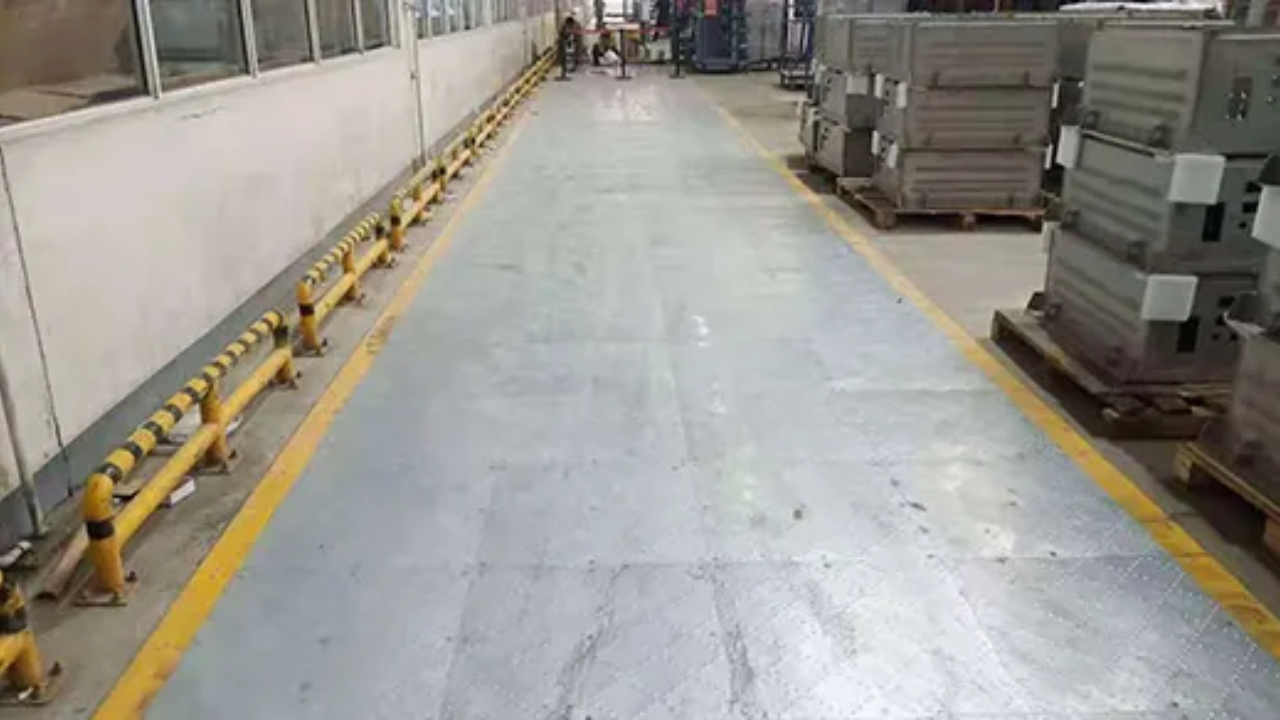
Business
Minimise Downtime with Easy-to-Install Industrial Steel Flooring
Business environments often require limiting downtime i [ ]

Business
Everything You Need to Know About Wholesale Clear Gift Boxes
In terms of packaging and presentation, it is difficult [ ]
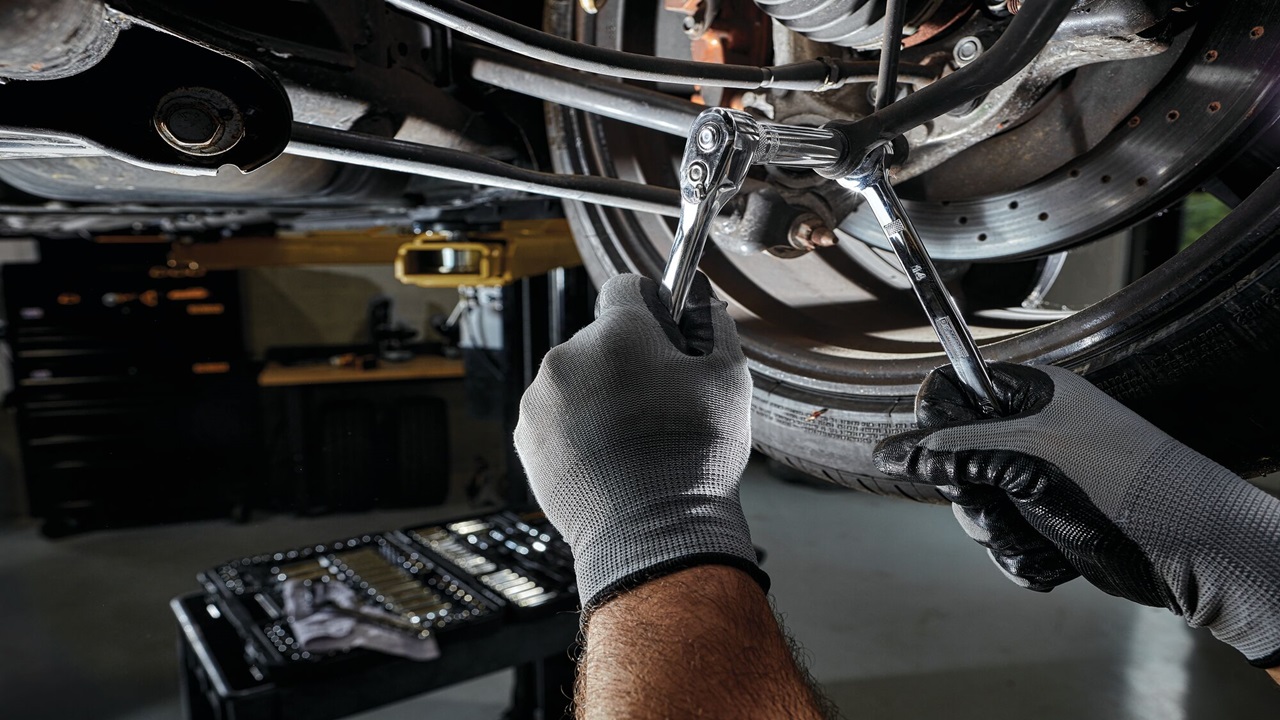
Business
Benefits of Investing in SINOTOOLS Combined Tool Kits
One has to know that to get the best results, both a pr [ ]
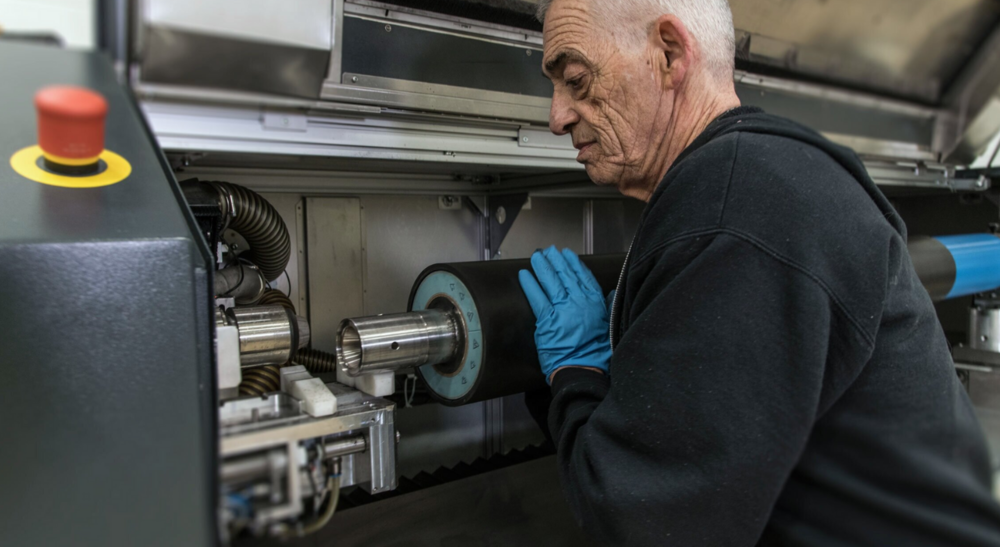
Business
What Idea Do You Know About the Flexo Printing Plate Making and Engraving Era?
Laser Engraving manufacturers have several great engrav [ ]
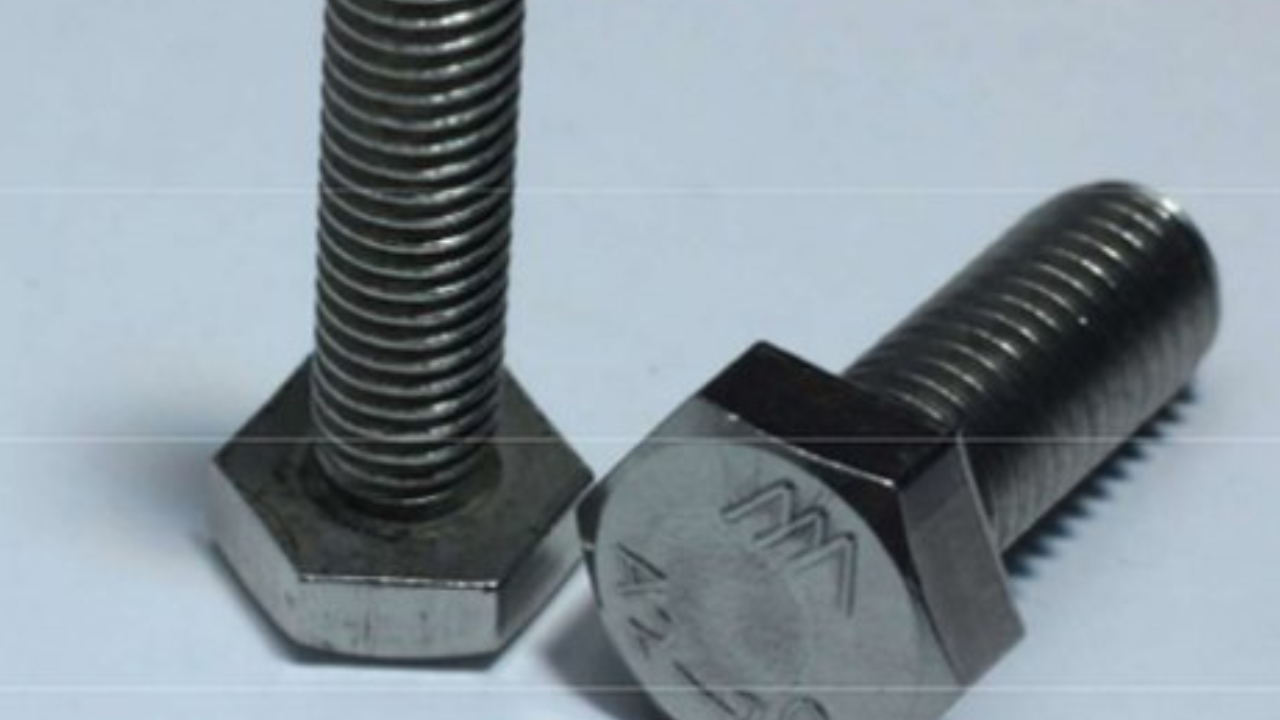
Business
Where Are Black Stainless Screws Regularly Utilized?
Black stainless screws have become synonymous with flex [ ]
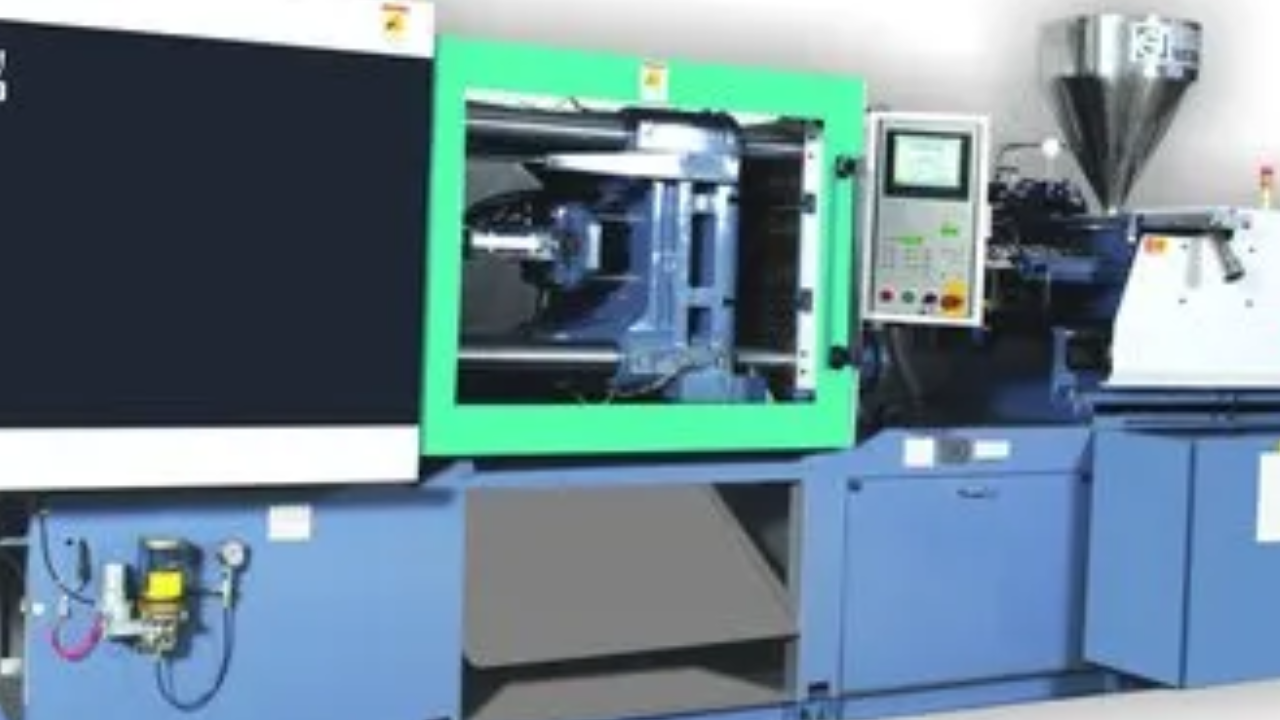
Business
What Are the Variations Among A Horizontal And Vertical Plastic Injection Moulding System?
A versatile meeting device that is typically used to cr [ ]
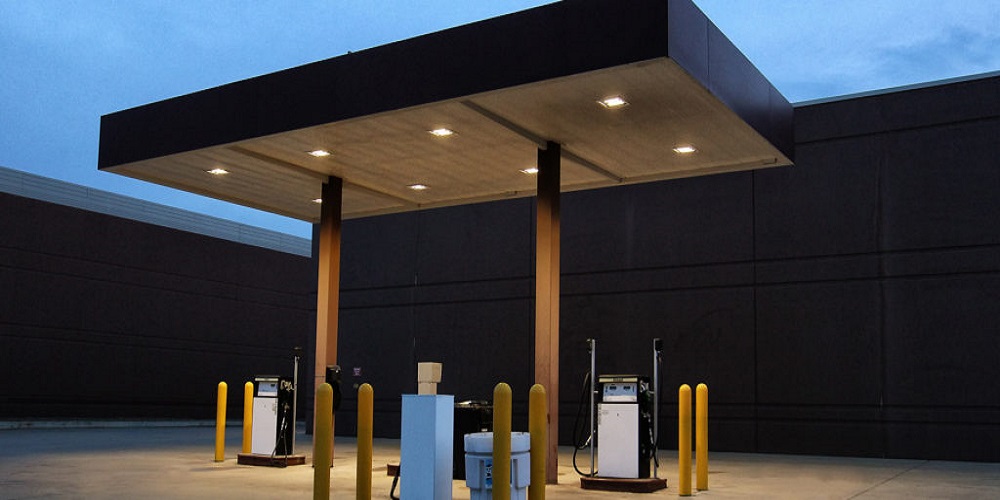
Industry
What Do You Need To Know About LED Canopy Lights?
Either indoors or outdoors, LED Canopy Lights function [ ]
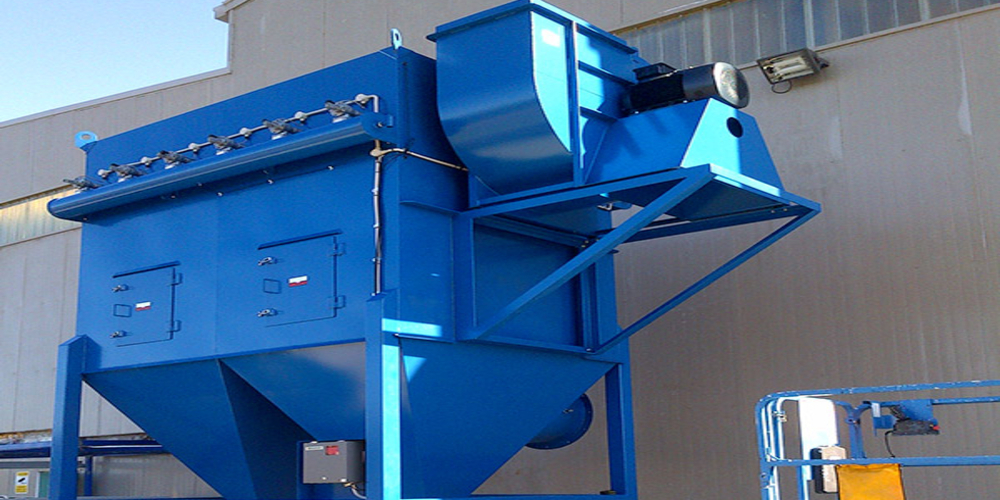
Industry
The Top 5 Uses For Dust Collectors
The quality of the air you and your workers breathe dai [ ]

Business
Advantages of using artificial landscape turf
Maintenance-free landscape turf is the dream of every y [ ]
